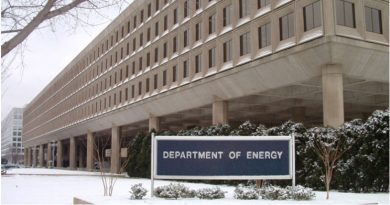Dept. of Energy Defines Zero Emissions Buildings
The U.S. Department of Energy (DOE) has unveiled a National Definition of a Zero Emissions Building, aiming to accelerate efforts in both the public and private sectors to reduce carbon emissions from the buildings sector. Buildings currently account for over one-third of total U.S. greenhouse gas emissions.
According to Maryland, there are nearly 130 million existing buildings in the United States, which collectively cost over $400 billion a year to heat, cool, light, and power, with 40 million new homes and 60 billion square feet of commercial floorspace expected to be constructed between now and 2050. One in four American households—and 50% of low-income households—struggle to pay their energy bills. Establishing a consistent definition for a zero-emissions building will accelerate climate progress while lowering home and business energy bills. Additionally, the zero-emissions definition provides market certainty and clarity to scale zero-emissions new construction and retrofits.
Earlier this year, DOE laid out a blueprint to reduce U.S. building emissions 65% by 2035 and 90% by 2050. Major technical advances in energy efficiency, heat pumps, and clean energy mean that new and existing buildings can help the nation achieve zero emissions while ensuring domestic manufacturing of the technologies and low embodied carbon materials needed for these next-generation buildings. Additionally, the buildings sector can plug into a grid that is rapidly becoming cleaner and help to improve climate resiliency. Buildings can be constructed and retrofitted to use a fraction of the energy they once used.

